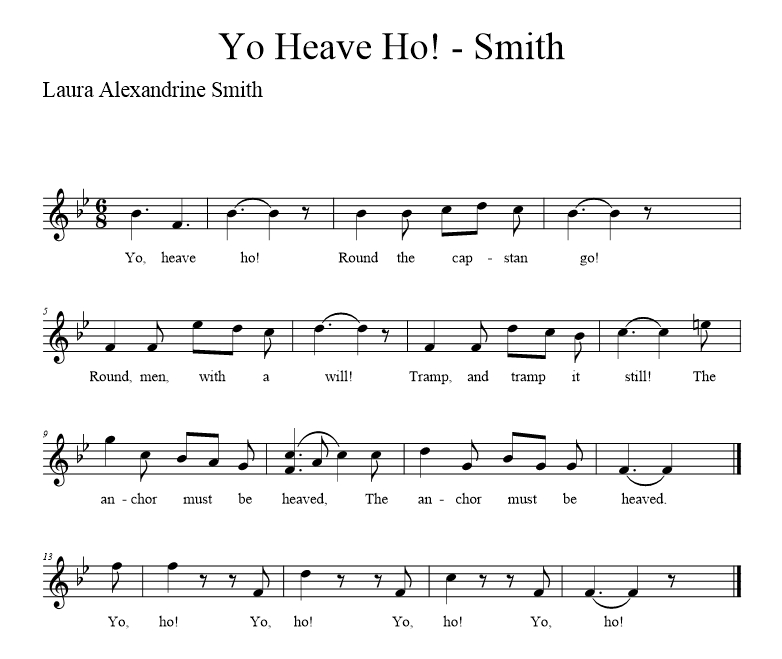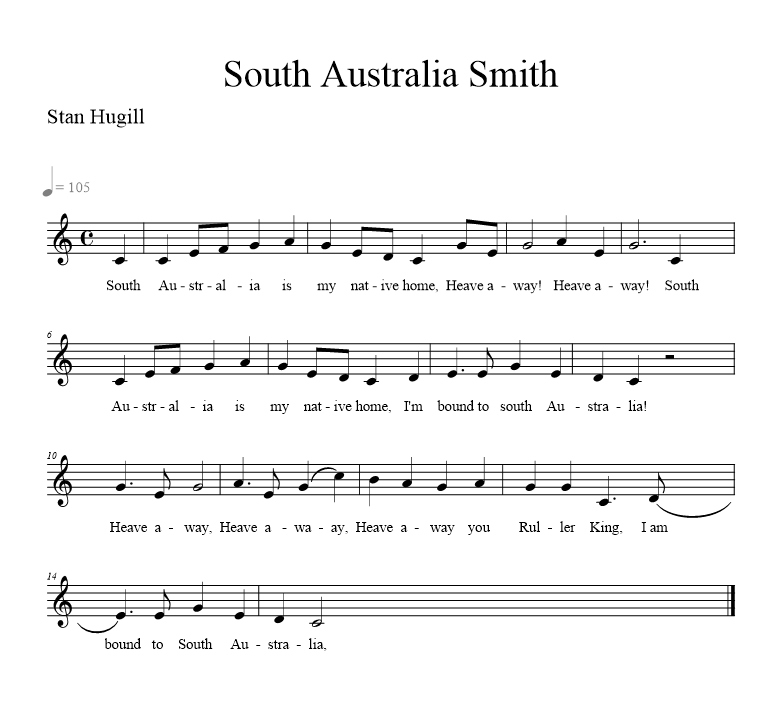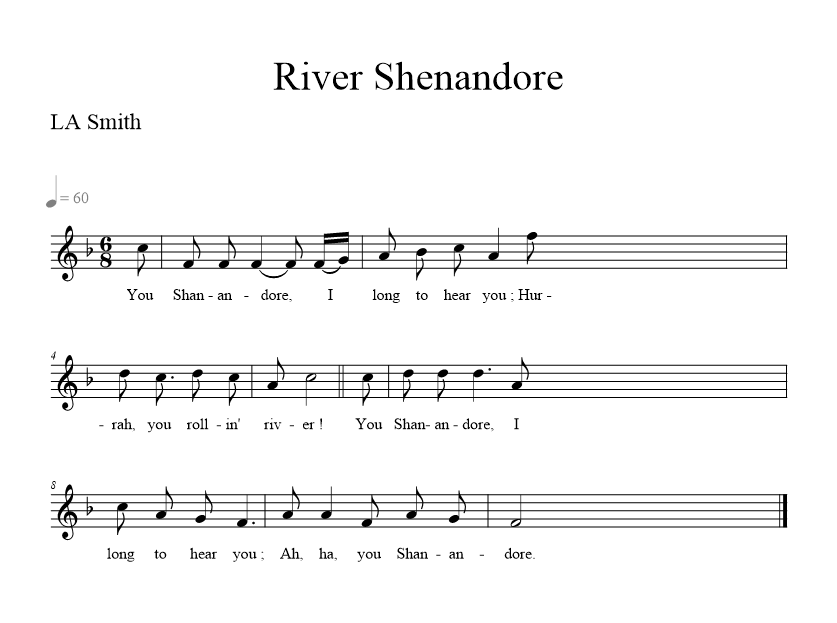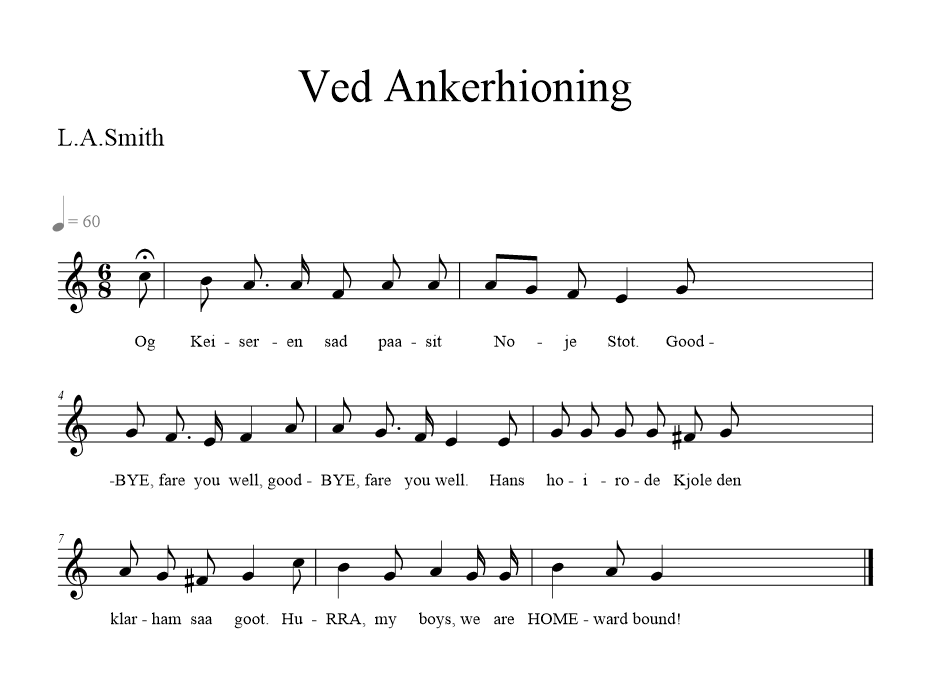Interesting Facts about the Julia (Norwegian)
“Julia” (Norwegian) the Norwegian shanty is unique. Stan Hugill informs us that song comes from Laura Alexandrine Smith’s book: “Music of The Waters”, and, in fact, on page 221 of mentioned book, I found this song. The first interesting fact is that this song according to Smith is a “BOWLINE SHANTY”, which Stan Hugill comments: “Smith gives it as a bowline shanty, but is not possible”. I am not sure why Stan Hugill made this judgment. Stan Hugill suggests that the song can be either capstan or pumps.
The song will be reconstructed by myself as the pump shanty.
The source of the Julia (Norwegian)
The music: “Shanties from the Seven Seas” by Stan Hugill (1st ed: p 392).
The lyrics: “Shanties from the Seven Seas” by Stan Hugill (1st ed: p 392,393).
The Record of this sea shanty
You also can find this record on my YouTube channel here or directly listen below. Additionally, if you want to share your opinion about the record or share your opinion you can do it in my Facebook forum here, or leave a comment at the bottom of this blog article.
The musical notation
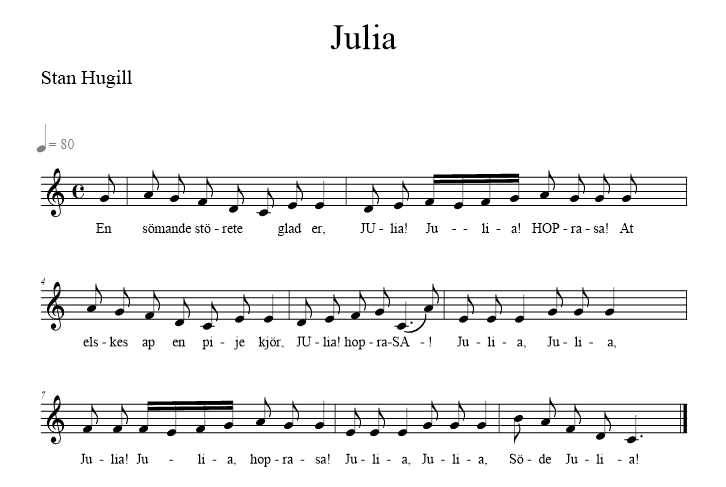
The full lyrics
Julia
En sömande störete glade er,
– JUlia! Julia! HOP-ra-sa!
At elskes ap en pije kjör,
– JUlia! hop-ra-SA!
Julia, Julia,
– JUlia! Julia! HOP-ra-sa!
Julia, Julia,
– Söde Julia!



